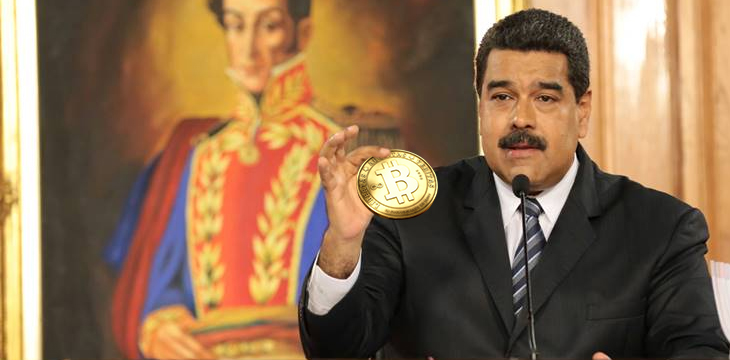I received a comment this morning challenging my contention that Bitcoin should be thought of as a foundational asset for the crypto-based monetary system.
With Bitcoin inching towards $10,000 arguments like this continue to be made by gold-bugs (of which I’m one) and hard-asset enthusiasts because they make fundamental errors in their analysis of Bitcoin.
And it’s important, in my mind, to counter those arguments to help the community refine its response to them rather than simply dismiss them.
The Bitcoin/Gold Conundrum
Like gold, Bitcoin should sit at the bottom of the crypto-version of John Exter’s inverted pyramid which describes the monetary system.
The comment can be found here in full. The commenter means well, but misses a fundamental point that most hard asset enthusiasts miss about Bitcoin and cryptocurrencies in general.
I’m going to break it down step by step because I believe it’s a perfect illustration of how one wrong assumption can lead to a wrong conclusion.
Comment: Why do you think gold belongs to the bottom of exter’s pyramid and diamonds/gemstones are found near the top…?
First, gold belongs at the bottom of Exter’s Pyramid because it is the only asset in that mix that has zero counter-party risk. Everything else is secondary.
So, to begin the argument in earnest, do Bitcoins have counter-party risk? No.
No one can issue Bitcoins that someone else, by Bitcoin’s very nature, has a claim to.
You may pledge your Bitcoins as collateral for some other transaction, but that transaction, say a loan denominated in Bitcoins, is what has counter-party risk, not the Bitcoin itself. Just like gold.
Source/More: Bitcoin, Nuclear War and the “Real World Use” Argument | Gold Goats ‘n Guns
















